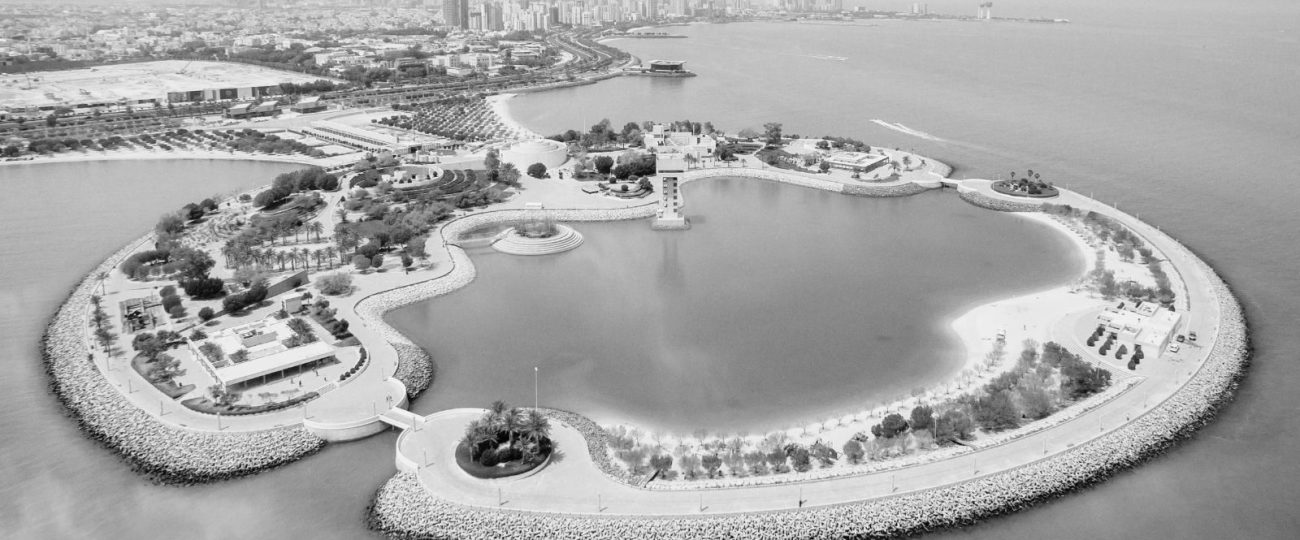What Happened On August 2nd?
On August 2, 1990, Iraq, led by President Saddam Hussein, invaded Kuwait. The assault began in the early hours, catching Kuwait off guard. Within hours, 100,000 Iraqi troops and 300 tanks crossed the border. The invasion was swift and brutal. Kuwaiti defenses quickly collapsed. By dawn, Iraqi forces had reached Kuwait City, the nation’s capital.
Iraqi troops moved quickly and precisely. Elite units led the assault, targeting key sites and securing important facilities. Iraqi Special Forces captured the Dasman Palace, the home of Kuwait’s Emir, Sheikh Jaber al-Ahmad al-Sabah, who narrowly escaped to Saudi Arabia. Iraqi forces took control of communication networks, broadcasting pro-Iraqi messages to weaken Kuwaiti resistance and assert dominance.
Reports of human rights abuses surfaced almost immediately. Iraqi soldiers looted homes and businesses, and thousands of Kuwaiti civilians faced arrest, torture, or execution. The rapid fall of Kuwait City showed the Iraqi military’s effectiveness.
Years of tension between Iraq and Kuwait led to this invasion. The Iran-Iraq War (1980-1988) had left Iraq heavily indebted, with much owed to Kuwait. Iraq sought debt forgiveness and financial aid, but Kuwait refused. Disputes over oil-rich border regions, especially the Rumaila oil field, intensified hostilities. Iraq accused Kuwait of drilling into its territory, a claim Kuwait denied.
Economic desperation drove Iraq to invade. The war with Iran had drained Iraq’s resources. Hussein’s regime believed that seizing Kuwait’s vast oil reserves would solve its economic problems and enhance Iraq’s regional power. Iraq also saw an opportunity to control a significant portion of the world’s oil supply.
Hussein accused Kuwait of exceeding OPEC oil production quotas, which he claimed depressed global oil prices and harmed the Iraqi economy. Additionally, he argued that Kuwait was historically part of Iraq. These grievances, combined with Iraq’s crippling debt from the Iran-Iraq War, created a volatile mix that Hussein exploited.
The International Response
The United Nations Security Council quickly condemned the invasion and passed a resolution demanding Iraq’s immediate withdrawal from Kuwait. The resolution garnered widespread support. However, Hussein ignored international demands and strengthened Iraqi positions in Kuwait.
President George H. W. Bush led the United States in forming a coalition to confront Iraq. The Bush administration feared that allowing Iraq to annex Kuwait would destabilize the region and threaten global oil supplies. Secretary of State James Baker rallied support for a military response and secured commitments from numerous nations.
Operation Desert Shield began in August 1990, with hundreds of thousands of troops from the United States, the United Kingdom, France, Saudi Arabia, and other countries deploying to the Persian Gulf region. This show of force aimed to deter further Iraqi aggression and protect Saudi Arabia from a potential invasion.
Desert Storm Unleashed
By January 1991, diplomatic efforts to resolve the crisis had failed. The United Nations authorized the use of force to expel Iraqi troops from Kuwait. On January 17, 1991, Operation Desert Storm began with a massive aerial bombardment targeting Iraqi military infrastructure.

The coalition’s air campaign, led by the United States, systematically destroyed Iraqi command centers, air defenses, and supply lines. Precision-guided bombs and stealth technology played crucial roles in achieving air superiority. The coalition quickly weakened Iraq’s military, paving the way for a ground assault.
On February 24, 1991, coalition forces launched a ground offensive and quickly liberated Kuwait in just 100 hours. Iraqi troops, demoralized and outgunned, offered little resistance. Images of retreating Iraqi soldiers, burning oil fields, and jubilant Kuwaitis celebrating their liberation dominated global media coverage.
Hidden Flames
Iraq’s use of environmental warfare stood out as a lesser-known aspect of the invasion. As coalition forces advanced, Iraqi troops set fire to over 600 Kuwaiti oil wells, causing massive environmental and economic damage. The resulting oil fires burned for months, releasing thick black smoke that darkened the skies and caused severe respiratory problems for the local population.
The coalition relied heavily on intelligence for its success. The United States used satellite images, intercepted communications, and reconnaissance planes to monitor Iraqi movements and plan operations. This technological edge proved crucial in outmaneuvering Iraqi forces and minimizing coalition casualties.
The invasion revealed the vulnerabilities of modern urban warfare. Outnumbered and outgunned Kuwaiti resistance fighters used guerrilla tactics against Iraqi occupiers. These acts of defiance showed the resilience of the Kuwaiti people and provided valuable intelligence to coalition forces.
The invasion highlighted the complexities of Middle Eastern politics. While many Arab nations joined the coalition against Iraq, others, such as Jordan and Yemen, supported Hussein’s regime. This division underscored the intricate web of alliances and rivalries that define the region’s political landscape. Iraqi propaganda efforts attempted to rally Arab nations by portraying the invasion as a move against Western imperialism, but these efforts largely failed to gain widespread support.
Another intriguing detail involved the coalition’s preparation for Operation Desert Storm. The United States and its allies conducted extensive war games and simulations to anticipate Iraqi strategies and counter them effectively. These preparations included detailed plans for minimizing civilian casualties and protecting key infrastructure in Kuwait.
The Iraqi invasion of Kuwait also prompted a surge in global oil prices. Fear of a prolonged conflict in the oil-rich region led to economic instability worldwide, highlighting the global economy’s reliance on Middle Eastern oil. This economic impact underscored the urgency for a swift resolution to the conflict.





